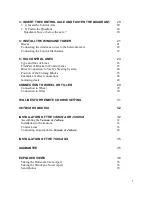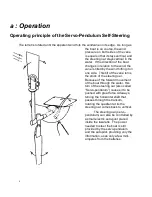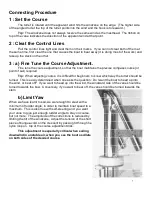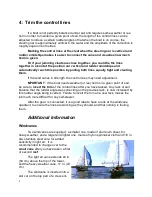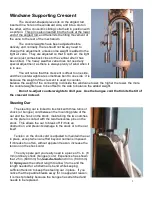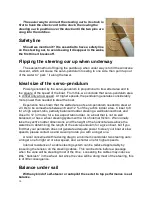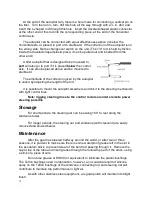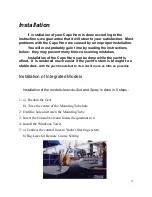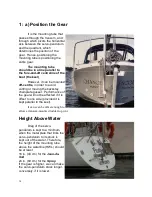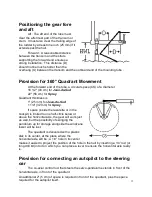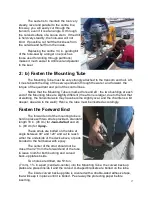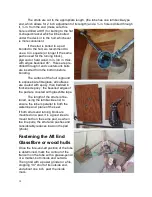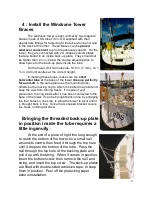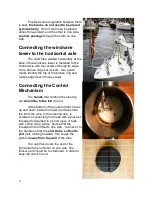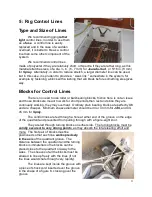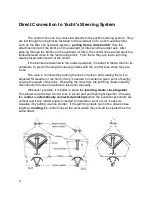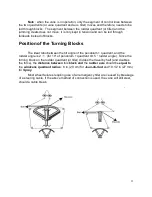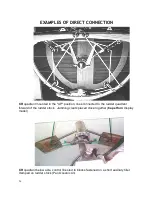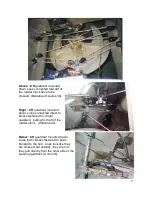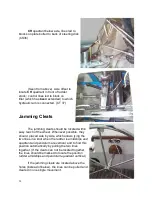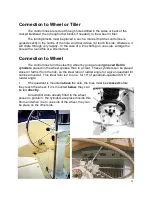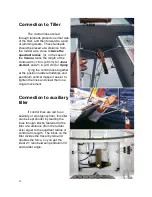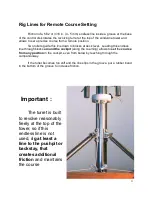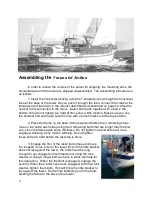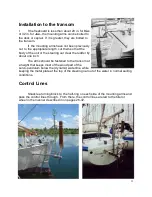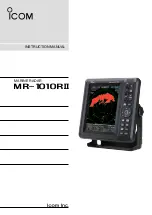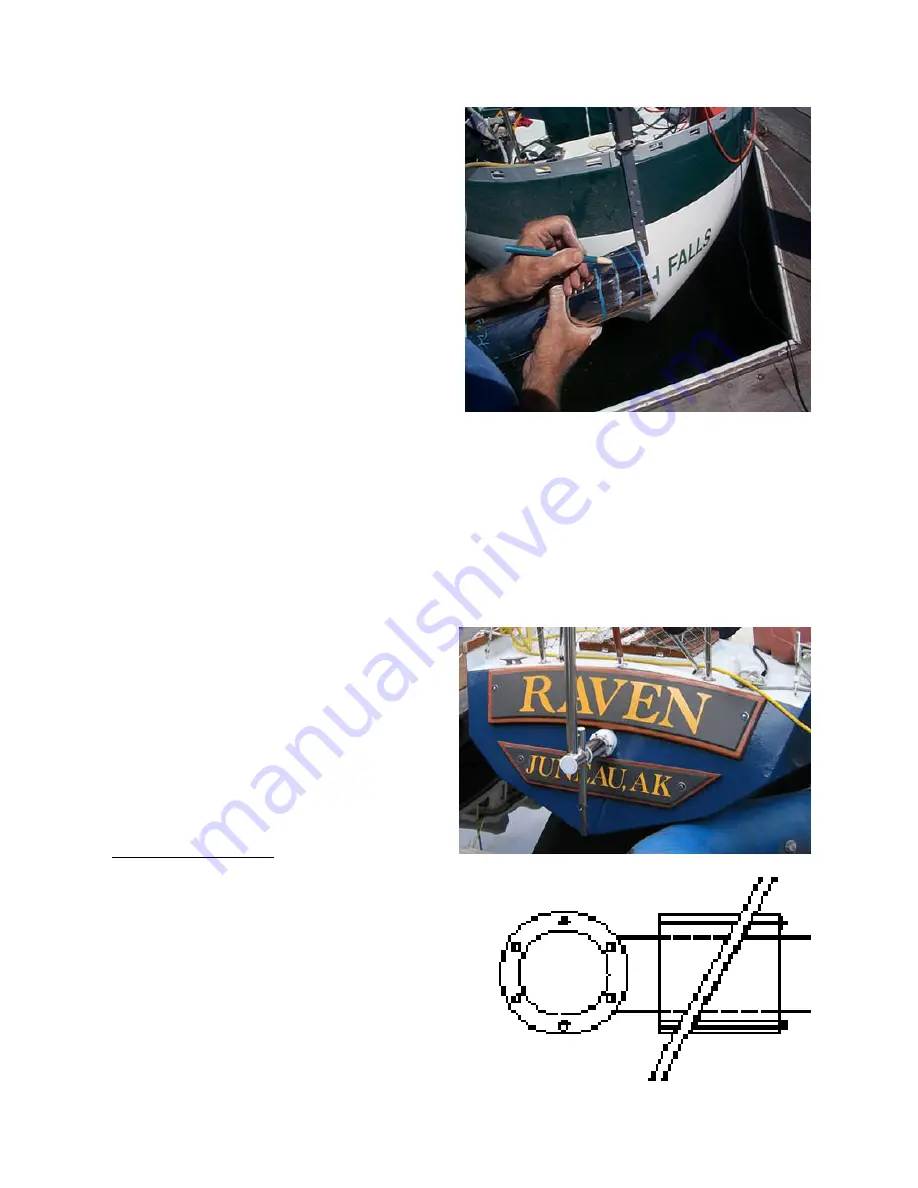
19
On the inside of the hull, grind also
about one inch around the hole, to remove
existing paint and expose bare fibreglass.
(Before applying the epoxy and glassfibre,
make sure you have drilled the holes for
the struts holding the forward end of the
tube)
Apply a coat of epoxy (with
hardener) to the ground portion of the tube,
and also to the inside and sides of the hole
in the hull.
Thicken the epoxy with filler until it
does not sag when you take a gob at the
end of a stick and hold it for about 10
seconds. Fill the gap between the tube and hull and make a fillet inside. For an even
better joint, you may add one or two layers 2 inch wide glass tape.
Epoxy resin provides a better adhesion to cured fibreglass than polyester. If
you are using the West System, filler no. 404 is best (you will need less), but 403 and
406 will provide adequate mechanical strength; 405 is for wood.
Uncured epoxy can be cleaned with alcohol (methylated spirits), which is less
“aggressive” than acetone.
A light bead of sealant will make a nice finish outside.
Metal Hulls
The Mounting Tube can be welded
to a steel hull, provided welding is done
carefully to minimize tube deformation.
An aluminum Mounting Tube can
be supplied for welding to an aluminum
hull.
If welding is not practical, an optional
Delrin collar adapter can be used to bond
the tube to the hull.
The collar is cut to the angle of the
transom, and the two halves are inserted over
the mounting tube one from the inside, the
other from the outside, taking the transom in
sandwich, and the two halves are bolted
together, using a liberal amount of sealant to fill
all voids..
If we are given the angle the transom
makes with the horizontal, this collar can be

